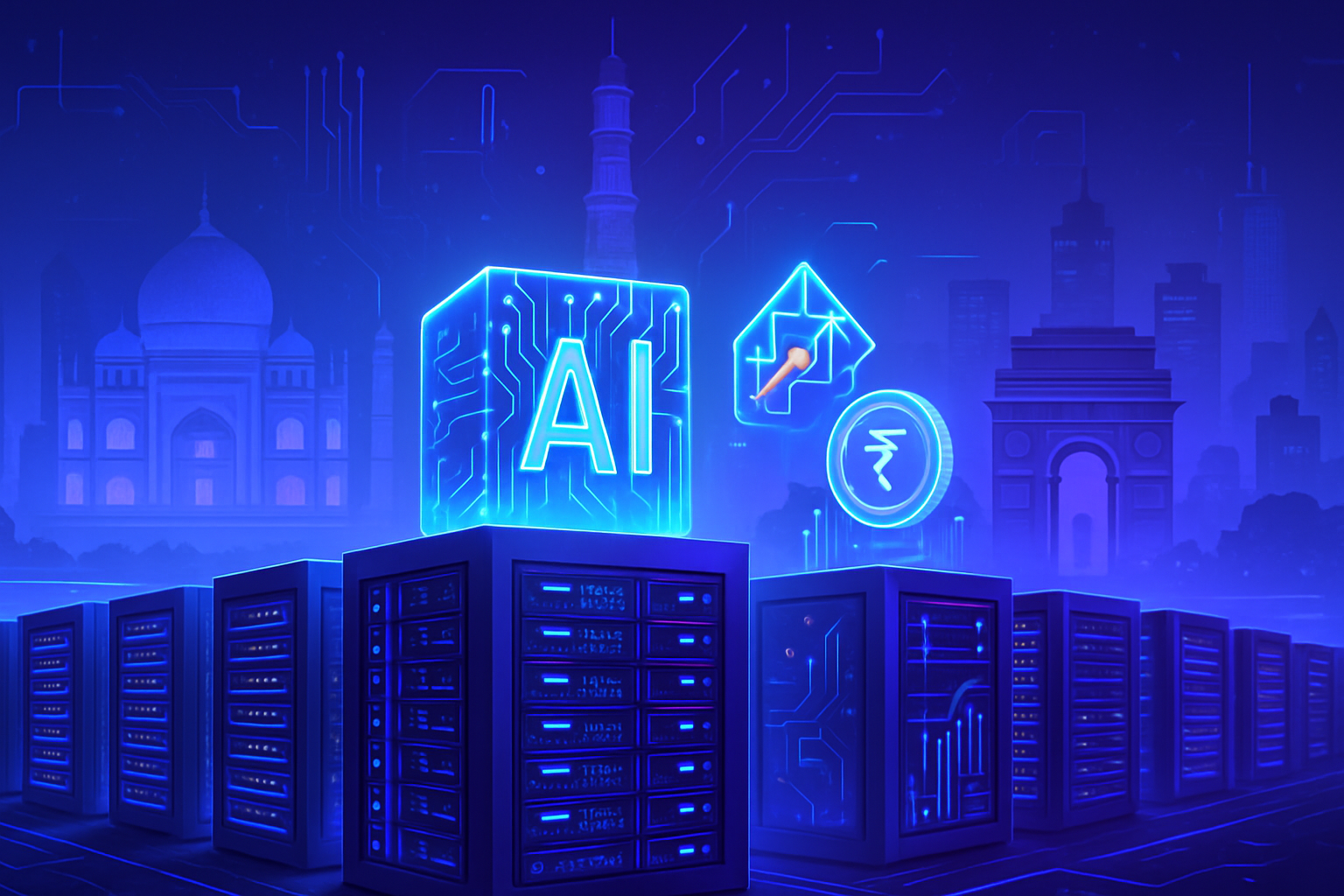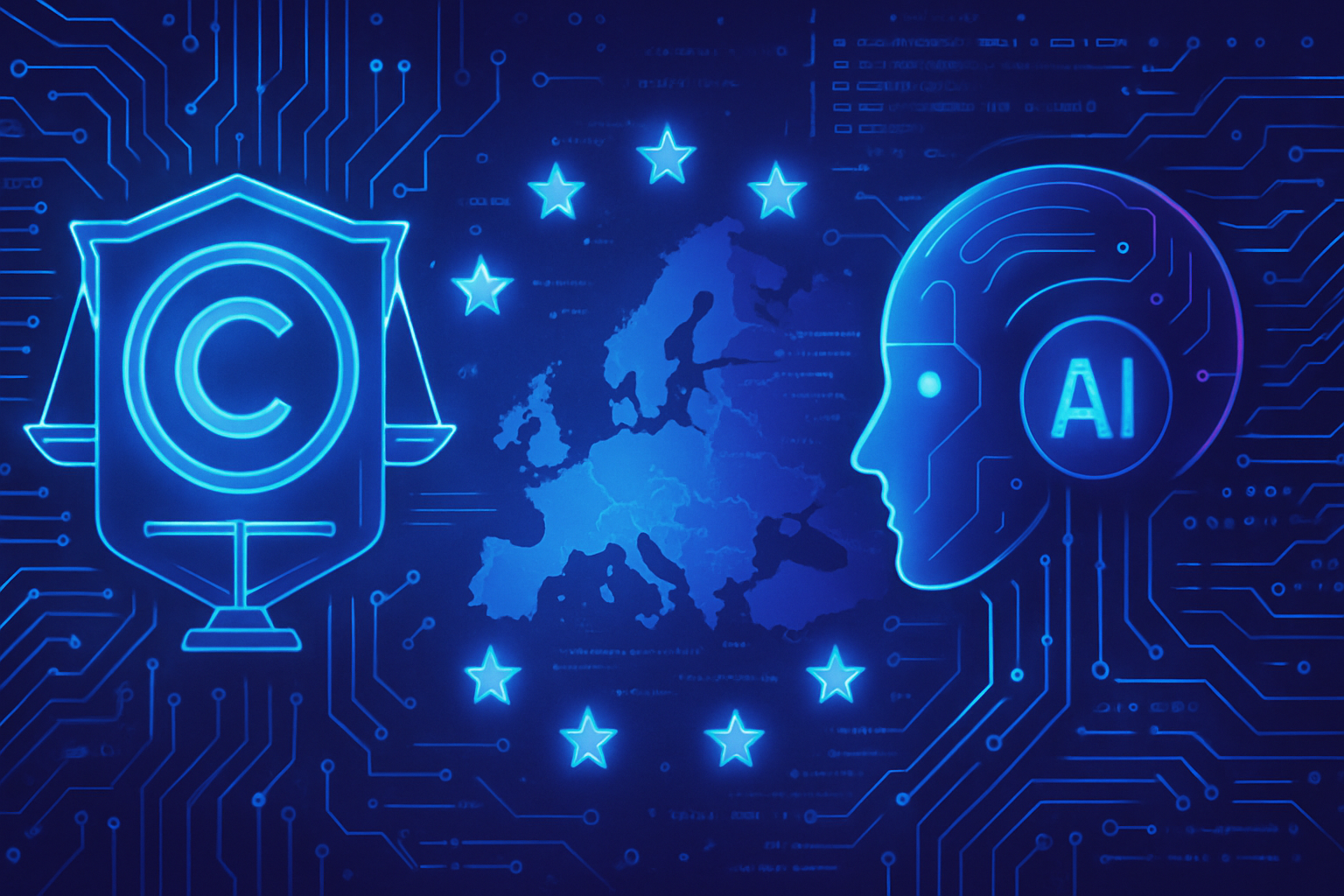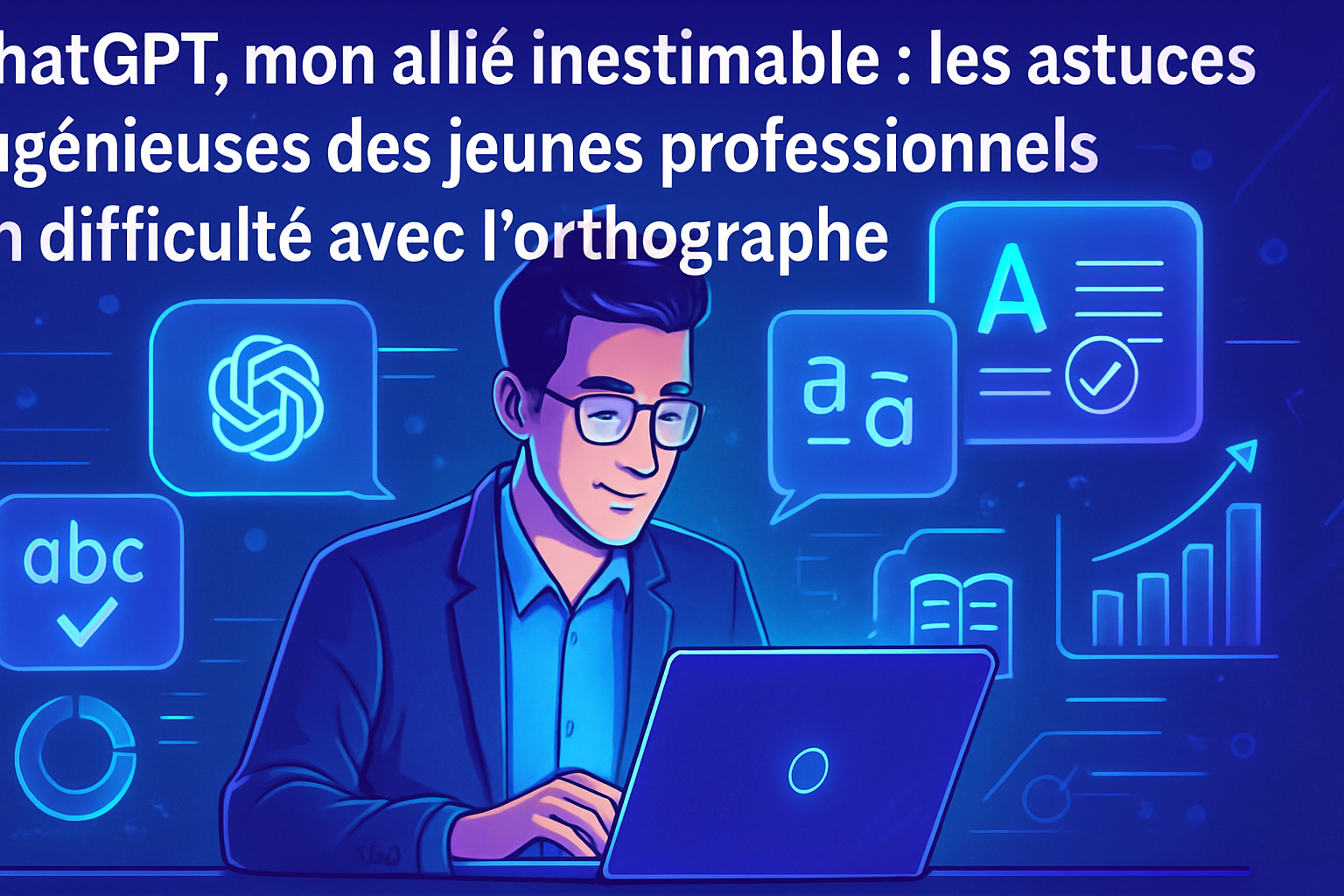Predictive artificial intelligence appears as a sophisticated bulwark against crowd disasters. Each year, devastating tragedies result from the inefficiency of security measures during large events. A deep understanding of human behavior and group dynamics becomes essential to protect lives.
With _remarkable technological advancements_ in modeling, AI optimizes crowd management. These innovations allow for the detection of critical density variations before they lead to tragic incidents. An integrated approach, combining real-time data and precise predictions, transforms the safety of large gatherings.
_Anticipating crowd movements_ using advanced algorithms significantly reduces risks. The application of these intelligent systems becomes a primary objective in public safety.
Predictive artificial intelligence and crowd management
Recent research efforts have led to the development of a artificial intelligence technology that enables the prediction and management of crowd dynamics. This advancement is particularly relevant following tragedies such as the one in Itaewon.
Understanding crowd movements
Crowd behavior is not limited to the simple increase in the number of people present. Safety depends
A key concept introduced by the research team at the Korea Advanced Institute of Science and Technology (KAIST) is the temporal graph. This mathematical model captures the evolution of human flows. Information regarding the number of people in a given space (node information) is then correlated with data related to their movements (link information).
Prediction methodology
Researchers have developed a bi-modal learning method that merges information about the number of people and their circulation. This model thus becomes capable of learning spatial relationships and changes over time.
By integrating a 3D contrastive learning technique, the system accesses a dual dimensionality. It manages to synthesize geographic and temporal data, thereby enhancing its predictive capacity for congestion situations.
Significant results and advances
The research results are promising. The developed analysis system has shown a 76.1% improvement in forecasting accuracy compared to pre-existing methods. Real data sets, sourced from multiple places such as the Seoul subway network and movements in New York, have been published for the verification of results.
This technology could have varied applications. In addition to managing large gatherings, it can contribute to reducing urban congestion and combating the spread of infectious diseases. Professor Jae-Gil Lee expresses his hope that this advancement will benefit public safety on a daily basis.
Practical applications
The practical implementation of this technology could extend to areas such as event organization, transportation management, and rapid response during health crises. Research demonstrates the potential of AI to enhance the safety of society.
Advancements in prediction using artificial intelligence raise ethical questions. The collection and use of data must be carefully regulated to respect individuals’ privacy. In-depth reflection accompanies this technological revolution.
It is essential to accompany such innovations with ethical consideration to ensure responsible use. Emerging technologies bring their share of challenges, but also opportunities to seize for improving safety and collective quality of life.
To learn more about innovations in AI, the implications, and the future of predictive technologies, additional articles are available [here].
Other interesting resources can be found [here], [here], and [here].
Innovations like the Mistral AI solution also present significant potential [here].
Frequently asked questions
What is predictive artificial intelligence in crowd management?
Predictive artificial intelligence in crowd management refers to computer systems capable of analyzing real-time data to anticipate movements and population density in a given space, in order to prevent dangerous situations.
How can this technology prevent crowd crushes?
By combining information about the number of people present and their direction of movement, this technology can identify danger signals before a critical situation emerges, thus reducing the risk of crowd crushes.
What types of data are used to feed predictive artificial intelligence?
The data used includes population density statistics, flows of people between different areas, as well as temporal information regarding crowd movements, sourced from public transport networks.
What advantages does predictive artificial intelligence offer over traditional crowd management methods?
This technology allows for much more accurate forecasting of congestion risks, thanks to joint analysis of people flows and densities, thus surpassing older methods that focused on a single aspect.
How can artificial intelligence contribute to safety at large events?
It allows organizers to anticipate dangerous crowd movements and adjust the management of entries/exits and security measures in real time to ensure the safety of participants.
Can this technology be used in other sectors besides crowd management?
Yes, this technology can also be applied to urban traffic management and rapid response during epidemics by analyzing population movement data.
How have researchers improved accuracy with this technology?
Researchers used a bi-modal learning method that combines information on the number of people and flow movements, as well as 3D contrastive learning to better understand spatial and temporal relationships.
Does this artificial intelligence require special infrastructure?
Although it may perform better with advanced surveillance systems, basic functionalities can be integrated into existing infrastructures that provide data on the population.
Are there concrete examples of this technology being applied around the world?
Case studies based on real data from major cities like Seoul, New York, and public events have demonstrated the effectiveness of this technology in improving public safety.
What can we expect from the future of predictive artificial intelligence in this field?
We can expect a growing adoption of this technology, with continuous improvements in accuracy and functionality, which will contribute to creating a safer environment for crowds in various situations.






